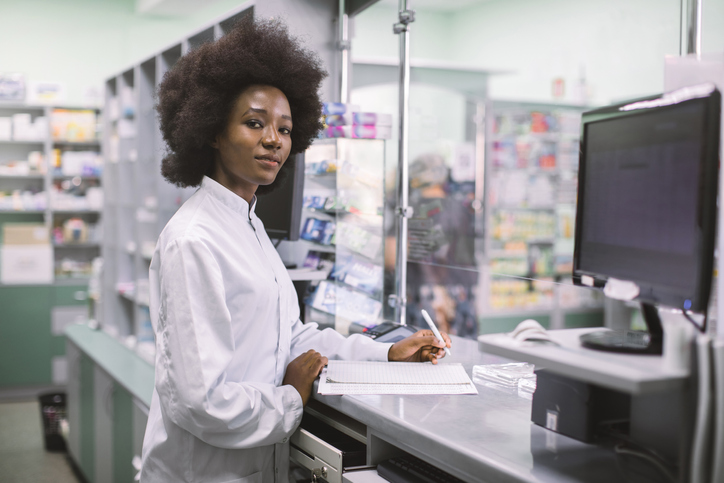 If something is referred to as aseptic, it means that it has been made contamination-free and that it won’t reproduce any sort of harmful living microorganisms. For a job in pharmacy, this is important to keep customers safe when filling their subscriptions. If a pharmacy assistant hasn’t followed proper aseptic techniques, then the product could be contaminated and spread viruses or bacteria that cause disease.
If something is referred to as aseptic, it means that it has been made contamination-free and that it won’t reproduce any sort of harmful living microorganisms. For a job in pharmacy, this is important to keep customers safe when filling their subscriptions. If a pharmacy assistant hasn’t followed proper aseptic techniques, then the product could be contaminated and spread viruses or bacteria that cause disease.
One instance where we saw this outcome was the 2012 fungal meningitis outbreak in the US that was traced back to a compounding pharmacy in Massachusetts. Because this facility had errors in its sterile preparations, there was an outbreak and others suffered. Keep reading to learn the basics of aseptic technique to ensure your work in the pharmacy is safe and compliant.
4 Important Key Aspects to Aseptic Technique
There are four main components to aseptic technique that students in pharmacy assistant training should know. The first is to maintain barriers to minimize the opportunities for contamination of your product from employees or the environment.
Next, there is proper equipment preparation, followed by strict environmental controls. These components ensure sterile instruments and surfaces are maintained throughout the process of compounding and packaging prescriptions. Finally, the last key aspect is the strict contact guideline to further minimize contamination risk. Keeping each of these four components in mind as you begin working in a pharmacy will help keep both yourself and others safe.

Knowing When to Use the Aseptic Technique
During your training, you may learn that there are only certain times that you need to follow these strict and tedious aseptic techniques. However, it is important to always keep these protocols in mind during your daily duties to keep a clean and safe environment at your workplace.
Using sterile items and instruments is not the only necessary task. Other clean measures may be taken to minimize the spread of germs and infections. These include washing hands, washing surfaces, and wearing unused gloves when handling various prescription drugs and pharmaceutical products. Forming good habits will only make it easier for you to use aseptic techniques when needed.

Staying Up to Date With Your Training Following your Pharmacy Assistant Course
It is common for pharmacies that require the use of aseptic techniques to hold periodic training sessions to help you stay up to date with best practices following your pharmacy assistant course. Take advantage of these! They are a great way to participate in a refresher to make sure you’re staying on top of your good habits.
While the key components of aseptic technique seem fairly straightforward, it can be hard to know if you’re following every step to the extent required to ensure a safe environment. These training sessions allow you to practice without the risk of any harm to yourself or others.
Ready to start training for a pharmacy assistant diploma in Ontario?
Contact Medix College to learn more about our program!




